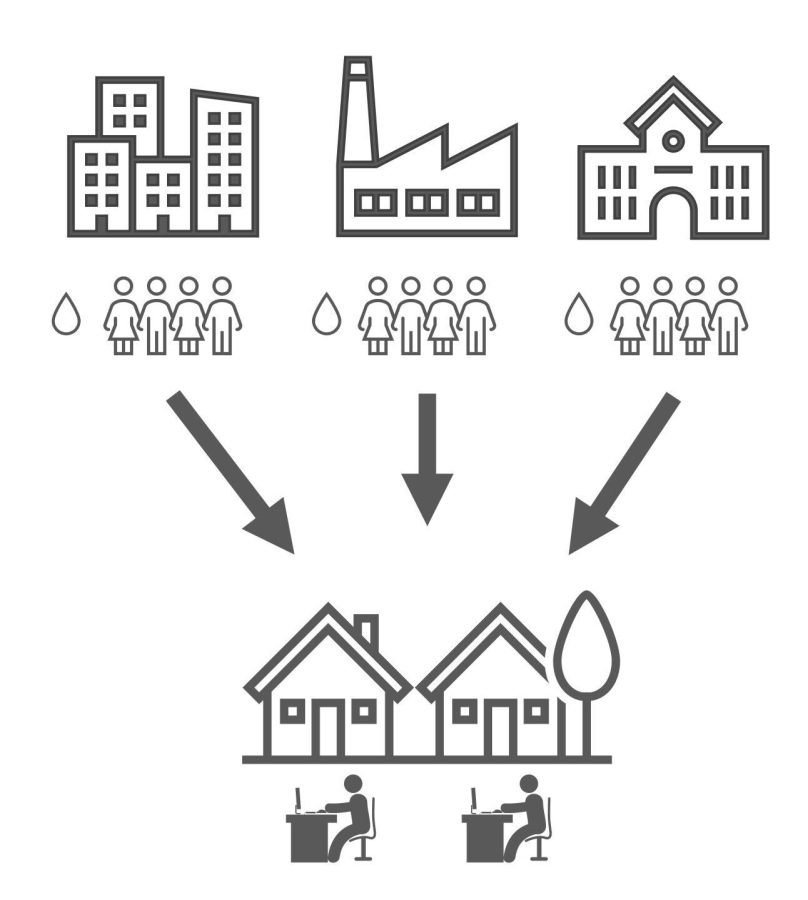UT researchers create model of campus water distribution system to see how crises affect quality
May 1, 2022
UT researchers created a hydraulic model of the campus’ water distribution system to find out how crises such as the COVID-19 pandemic can affect the operating conditions of water utilities.
The study, published at the end of March, was funded by the National Science Foundation and started a few months after the beginning of the COVID-19 pandemic. Therefore, researchers could observe how the lack of people on campus potentially affected water quality, said Lina Sela, an assistant professor of civil, architectural and environmental engineering. Using the hydraulic model, the researchers concluded UT flushed its system adequately, but that smaller institutions or utility companies may not have the resources to create a model that checks for water stagnation.
“For UT, the water system here was designed for the fact that there should be students and faculty and staff on campus,” Sela said. “The hypothesis is if your demands decreased significantly, you have longer travel time of water from the treatment plants to the endpoints, … and because you have longer travel time, you also have stagnations potentially in the system.”
After working with UT to collect data and develop the model, the researchers did not find any water quality issues within the UT distribution system, said Helena Tiedmann, a civil engineering graduate student.
Tiedmann said researchers also concluded that hydraulic models can be useful in scenarios such as a pandemic to tell how reduced demand affects the pressure and velocity of water in the system, but the models take a long time to create.
“It could have been more useful if we had it on day one when the crisis began to help make these decisions (of) when to flush, where to flush (and) how frequently to flush,” Sela said.
Sela said hydraulic models are used commonly in academic research, and some utility companies are moving toward using them because it optimizes the water operations. Yet, smaller utilities may not have enough resources to make the transition. Tiedmann said the biggest factor in success when developing a hydraulic model is securing enough funding to have the software and personnel necessary to create the model.
“Some of our recommendations are for utilities to adopt more rigorous data management practices,” Tiedmann said. “Also for there to be policy for funding to provide support for utilities to purchase the software needed to make these models and also to hire (and) train staff that they need to do these models.”












